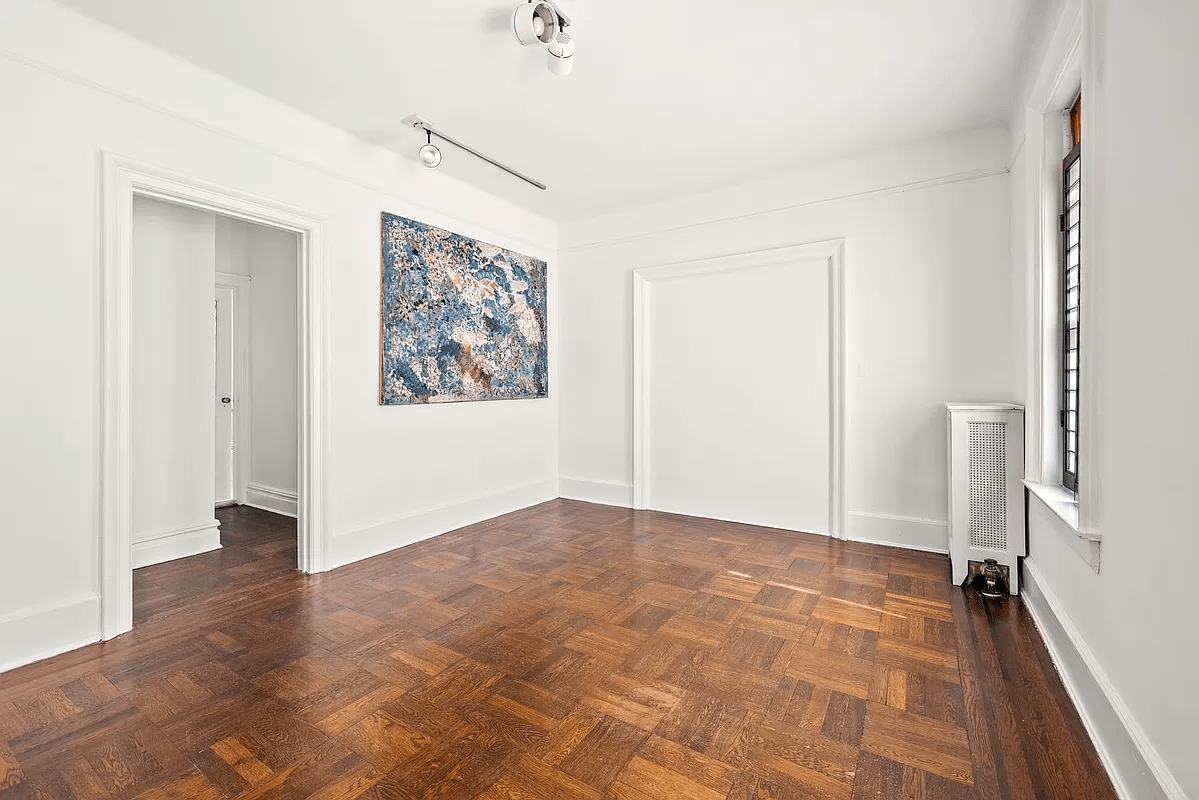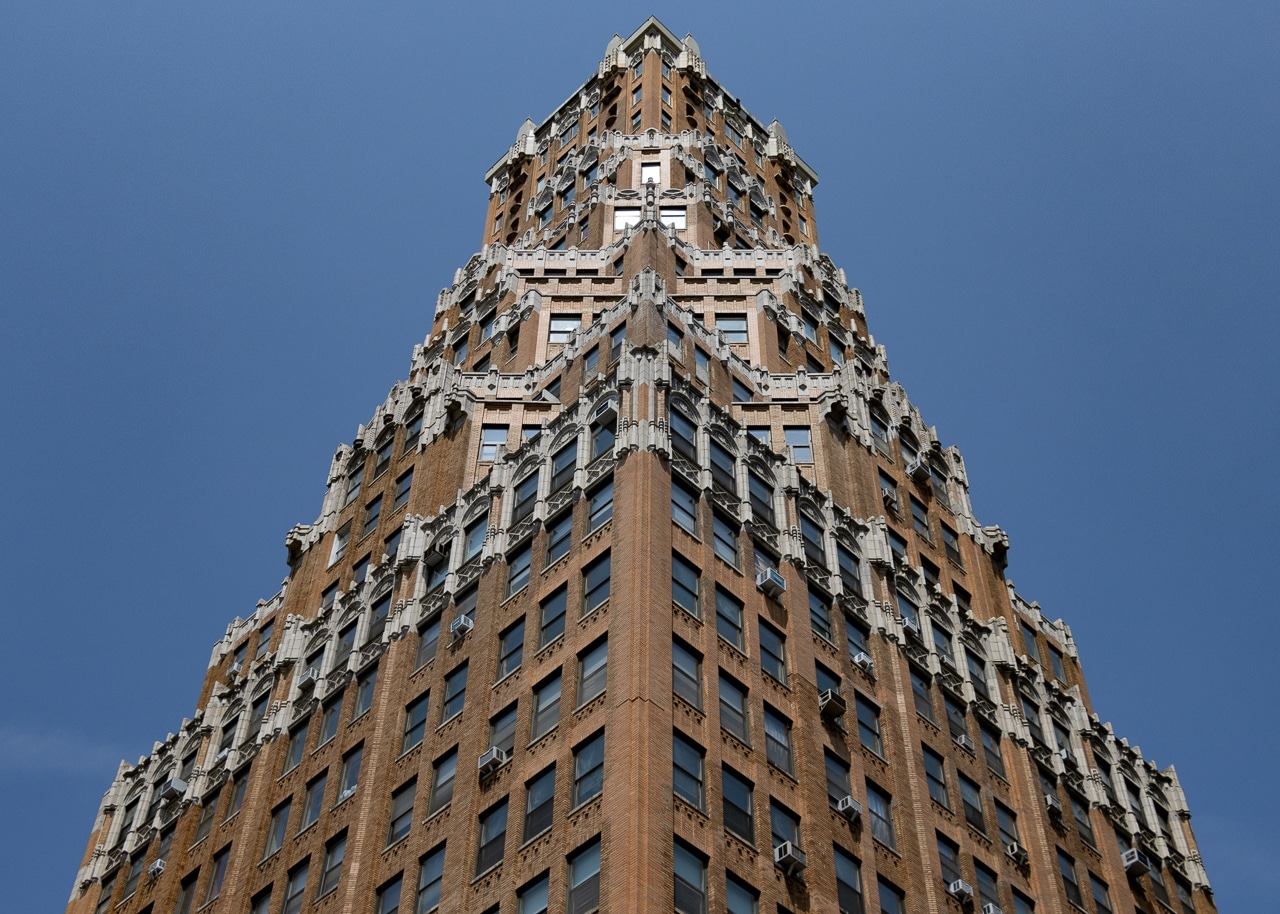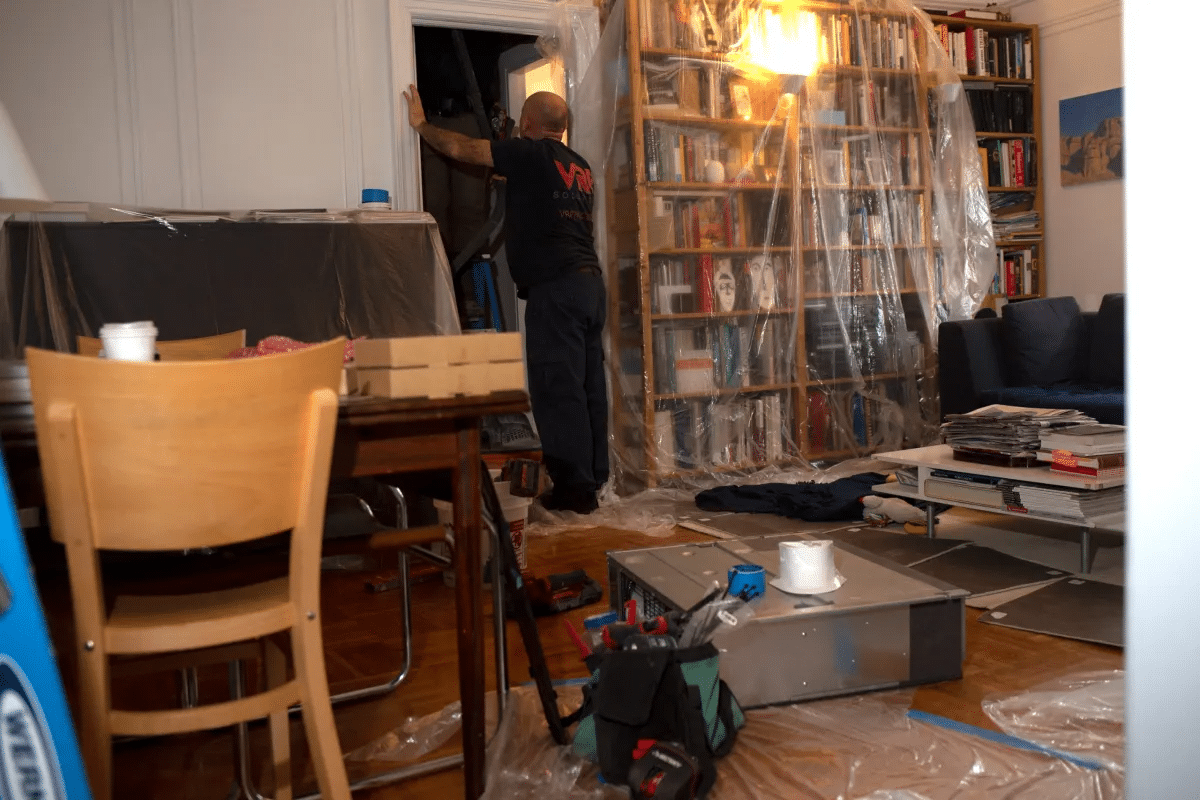Battle Still Raging Over Downtown Historic District
In a profile about Landmarks Chair Robert Tierney, Crain’s examines how the Borough Hall Skyscraper Historic District is still controversial among some property owners. The fight over its designation, the story notes, is symptomatic of larger criticisms about how the LPC has been over-zealous in designating landmarks. The City Council has yet to approve the…

In a profile about Landmarks Chair Robert Tierney, Crain’s examines how the Borough Hall Skyscraper Historic District is still controversial among some property owners. The fight over its designation, the story notes, is symptomatic of larger criticisms about how the LPC has been over-zealous in designating landmarks. The City Council has yet to approve the 21-building Skyscraper District, which the LPC voted in favor of in September, and the Council’s OK isn’t considered a sure thing like it usually is for historic districts. The designation is opposed by the Real Estate Board of New York, the board of the co-op 75 Livingston Street and landlord SL Green, which owns the office building 16 Court Street. Commercial landlords say they’re already dealing with high vacancy rates and that the designation will hurt them further by increasing maintenance costs, while the president of 75 Livingston’s board says its owners “don’t want to shoulder the burden of all the costs that come with the designation.” The article notes that if the Council doesn’t approve the district, or if it votes to change its borders, it would be the first time a designation wasn’t completely green-lighted in more than 30 years.
Preservation Man: Landmarks Chair Robert Tierney [Crain’s]
Skyscraper District Passes in a Unanimous Vote by LPC! [Brownstoner]









it is interesting that ever since Brooklyn obtained its official city charter in1834, this is where the municipal center has been.
Even as residential development spread further and further out, the civic center stayed put. It is one of the reasons it is so important historically and architecturally.
I also wish to add one more thing. A developer appearing before the LPC to redevelop a property, alter its massing, change the entries, change the bulk, etc etc can be given a hard time by the Commission.
A home owner applying for facade repairs or restoration is not given a hard time unless of course they want to do something crazy. Most home owners do not wish to strip ornament off their buildings. That is not one of the major issues for the Commission.
Chris is correct. You need a certificate of no effect from the LPC if you are doing interior work that needs to be filed at the DOB. That has always been the case. The LPC issues thousands of those permits every year. The landmark review process can be onerous, especially when dealing with rooftop additions or with major redesigns of houses, or new buildings in historic districts. Facade restoration work is easy to get approved. So bottom line: some things are tricky to get approved most things are not. Every other residential cooperative in Brooklyn Heights deals with the LPC quite well. It is not unchartered waters.
Chris is correct. You need a certificate of no effect from the LPC if you are doing interior work that needs to be filed at the DOB. That has always been the case. The LPC issues thousands of those permits every year. The landmark review process can be onerous, especially when dealing with rooftop additions or with major redesigns of houses, or new buildings in historic districts. Facade restoration work is easy to get approved. So bottom line: some things are tricky to get approved most things are not. Every other residential cooperative in Brooklyn Heights deals with the LPC quite well. It is not unchartered waters.
75 Livingston Street is one of the most spectacular and interesting historic buildings in Brooklyn. One does not have to be an architectural historian to appreciate it jazzy setbacks and handsome ornament. It should have been designated a long time ago along with the Boro’s other great Art Deco skyscraper, the Williamsburg clocktower.
Now it is up to the City Council to affirm or deny the designation. If they cut 75 out of the district, I want to hear why they found that it lacked the legal criteria for landmark status.
75 Livingston Street is one of the most spectacular and interesting historic buildings in Brooklyn. One does not have to be an architectural historian to appreciate it jazzy setbacks and handsome ornament. It should have been designated a long time ago along with the Boro’s other great Art Deco skyscraper, the Williamsburg clocktower.
Now it is up to the City Council to affirm or deny the designation. If they cut 75 out of the district, I want to hear why they found that it lacked the legal criteria for landmark status.